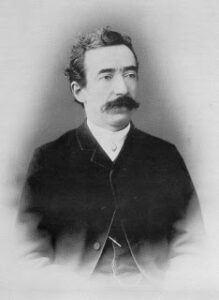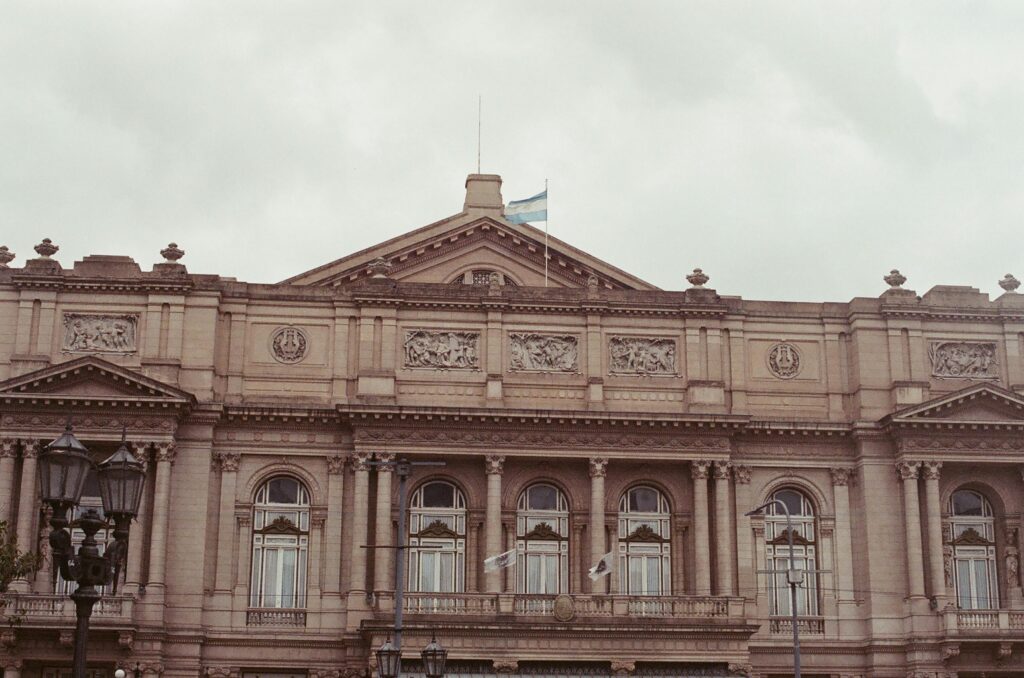Thanks to his talent, Tamburini soon became a leading figure in the Argentine architectural scene.
Among his most famous works, the Casa Rosada, seat of the Argentine government, the project for the Teatro Colón, one of the largest opera houses in the world, completed by his students, and the majestic Congress Palace stand out, tangible evidence of an imposing architectural vision, influenced by European classicism.
His work profoundly marked the face of Buenos Aires, leaving a lasting legacy that still characterizes the identity of the Argentine capital today.
This story reflects a fundamental aspect of the history of emigration: as emigrants sought economic opportunities abroad, they brought with them traditions and skills from their homelands, helping to shape new worlds.
Tamburini, who left the Marche region with the dream of establishing himself professionally, has managed to transform the urban landscape of an entire nation, making his name immortal.
Despite his success in foreign lands, Tamburini never forgot his Marche roots, and the link between his Italian identity and contribution to Argentine culture is a vivid example of how migration can be a bridge between different cultures.
His life teaches us that migration is not only a loss, but a mutual enrichment for the countries of origin and destination, and a means of rediscovering and valuing one’s roots, even in distant lands.
In this way, Francesco Tamburini not only changed the architectural physiognomy of Buenos Aires, but also demonstrated the power of the Marche roots, which continue to inspire and resonate, everywhere in the world.


